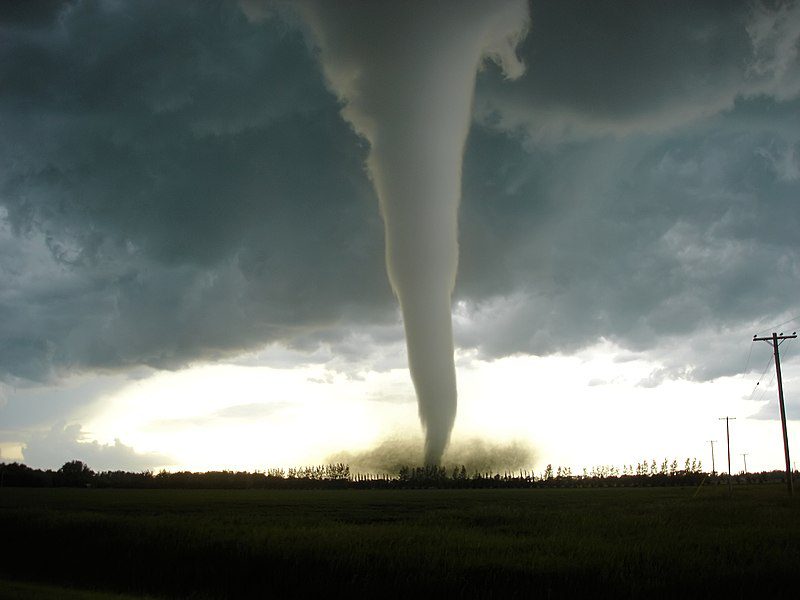Natural disasters like hurricanes and tornadoes are powerful forces that can devastate communities. Hurricanes are large, rotating storms with strong winds and heavy rain that form over warm ocean waters. Tornadoes are small, intense whirlwinds that form in thunderstorms and can reach wind speeds over 200 mph. Hurricanes are much larger and can last for days or weeks, causing widespread destruction through flooding and high winds. Tornadoes, on the other hand, are more localized but extremely violent, leaving behind paths of destruction. Understanding the differences between hurricanes and tornadoes can help communities better prepare for these dangerous events.
Introduction
Natural disasters are powerful and devastating forces that can wreak havoc on communities and landscapes. Two of the most destructive natural phenomena are hurricanes and tornadoes. While both are forms of severe weather, they are distinct in their characteristics and impacts. In this article, we will compare and contrast hurricanes and tornadoes to highlight the unique power of each.
Definition and Formation
Hurricanes are large, rotating storms that form over warm ocean waters and are characterized by strong winds and heavy rainfall. These tropical cyclones develop in the Atlantic Ocean, Gulf of Mexico, Caribbean Sea, and Eastern Pacific Ocean. Tornadoes, on the other hand, are small, intense whirlwinds that form in thunderstorms and are characterized by a twisting, funnel-shaped cloud that touches the ground. Tornadoes typically occur in the central United States and are associated with severe thunderstorms.
Size and Scale
One of the key differences between hurricanes and tornadoes is their size and scale. Hurricanes are much larger and cover a vast area, sometimes spanning hundreds of miles in diameter. Tornadoes, in contrast, are much smaller and more localized, with diameters ranging from a few hundred feet to a mile. While hurricanes can last for days or even weeks, tornadoes typically only last for a few minutes.
Wind Speed and Intensity
Another important distinction between hurricanes and tornadoes is their wind speed and intensity. Hurricanes are known for their sustained winds of at least 74 mph, with some storms reaching speeds of over 150 mph. Tornadoes, however, are even more powerful, with wind speeds that can exceed 200 mph in the most extreme cases. This makes tornadoes one of the most intense and destructive natural phenomena on Earth.
Destruction and Impact
Both hurricanes and tornadoes can cause significant damage and devastation. Hurricanes are known for their widespread destruction, including flooding, storm surge, and high winds that can topple buildings and uproot trees. Tornadoes, on the other hand, are known for their extreme violence and localized damage, often leaving behind a path of destruction with homes and buildings completely destroyed. While hurricanes can impact entire regions, tornadoes are more sporadic and can cause isolated pockets of destruction.
Conclusion
In conclusion, hurricanes and tornadoes are both powerful natural phenomena that can cause widespread damage and destruction. While hurricanes are larger and more widespread, tornadoes are more intense and destructive on a localized scale. Understanding the differences between these two types of severe weather can help communities prepare and respond to these potentially life-threatening events.
